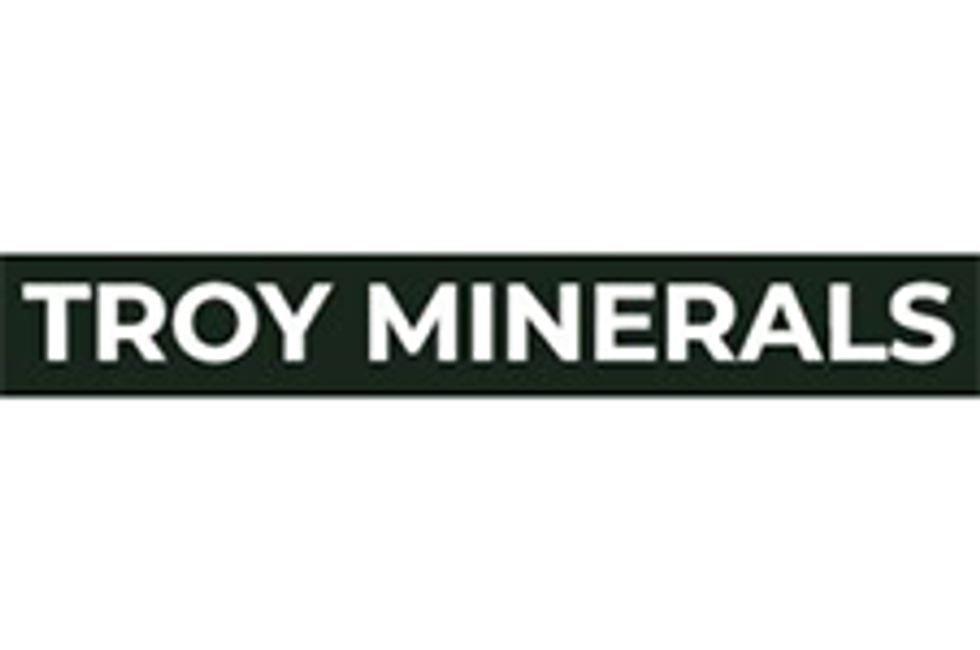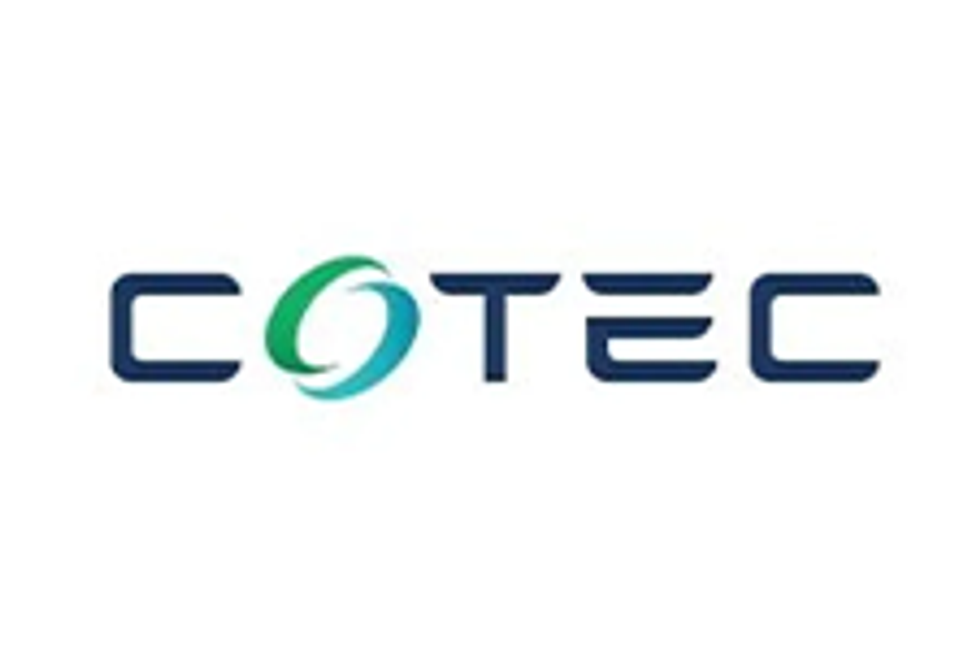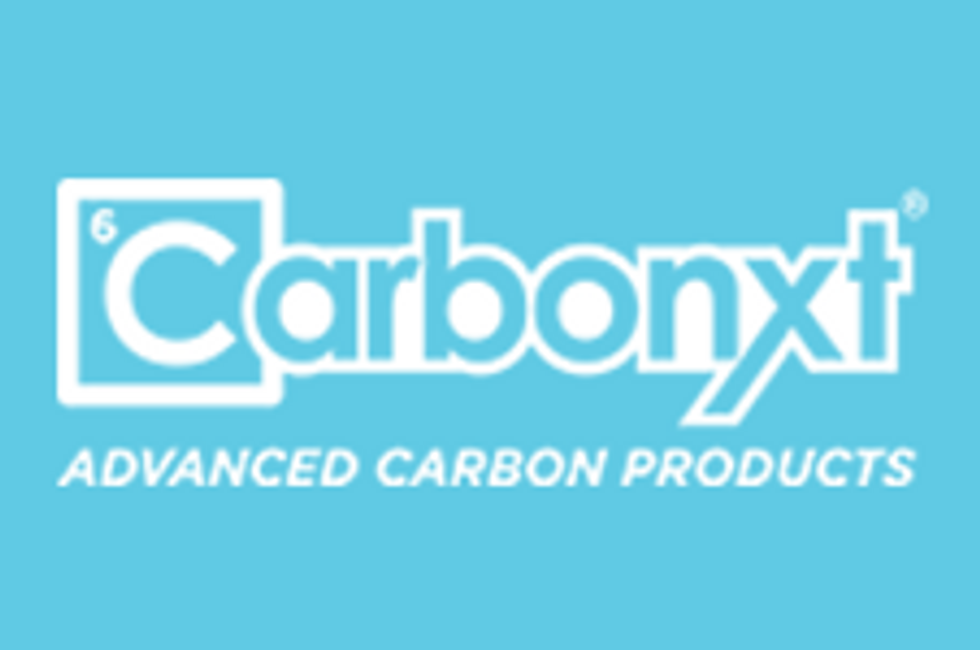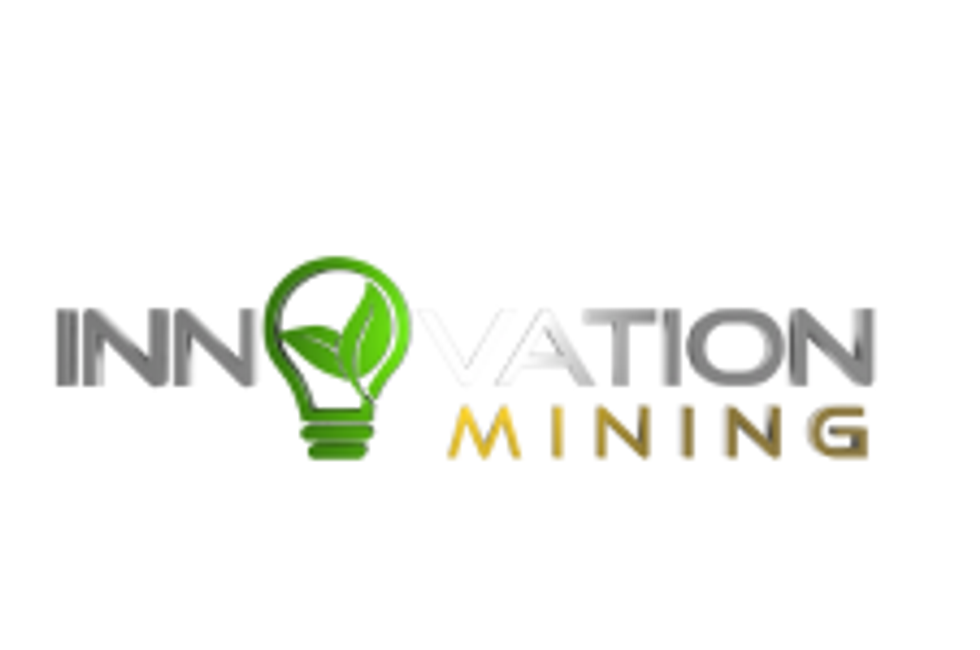Geothermal Power: Dual Market for Water Treatment and Lithium Extraction Technology

Geothermal power giving rise to new technology and new markets.
Geothermal power is gaining ground in the global energy mix, growing by 3.4 percent in 2016 to reach 13.4 GW. By 2021, worldwide geothermal power installations are expected to reach 18.4 GW. Today, the geothermal power market is worth an estimated $7.71 billion.
The United States represents the world’s largest share (27 percent) of geothermal capacity at 3.6 GW, and most of the nation’s geothermal power plants are located in the western states where geothermal sources are close to surface. In 2016, the US produced nearly 17.4 billion kWh of electricity from geothermal power plants with 72 percent of that generation coming from California, the state with the nation’s largest geothermal resources.
A well-established form of commercial renewable energy, geothermal power generates electricity while reducing carbon emissions. The greenhouse gas emissions of geothermal power plants are on average 45 grams of carbon dioxide per kilowatt-hour of electricity, which is less than 5 percent of that produced by conventional coal-fired plants, according to a 2011 special report prepared for the International Panel on Climate Change. Geothermal energy has a higher load factor than wind or solar which means that each MW of capacity produces significantly more electricity on an annual basis.
Geothermal power giving rise to new technology and new markets
Of course, geothermal power is restricted by geology to those regions of the world with geothermal resources. Geothermal reservoirs are generally found along major tectonic plate boundaries and one of the most active geothermal areas in the world is the Ring of Fire, which encircles the Pacific Ocean.
These reservoirs are formed when magma moving toward the earth’s surface heats groundwater trapped in porous rock or water running along fractured rock surfaces and faults. Geothermal power plants are built near these reservoirs, accessing the energy via drilled water or steam wells in a process that is similar to drilling for oil.
Geothermal reservoirs are also rich in minerals such as silica, lithium, magnesium, manganese, zinc and even gold; however, these minerals can have serious consequences for power plants, as they are a major source of corrosion and scaling which often results in mechanical failures and lost revenue.
Today, the geothermal power industry is entering a new era of growth with the push toward clean, reliable energy sources and game-changing technologies that may allow for the extraction of important minerals—turning deleterious substances into valuable by-products.
Future growth dependent on water treatment technology
“Scaling, the buildup of metals and salts in pipes, filters and heat exchangers, is one of the most serious challenges to the growth of the geothermal power industry, and one for which no viable commercial solution currently exists,” said Jared Lazerson, President and CEO of MGX Minerals (CSE:XMG), whose partner PurLucid Treatment Solutions Inc. has developed high temperature filtration technology for the purification of geothermal brines and the extraction of metals and minerals including lithium.
Mineral scaling can occur in a short timeframe, in as little as a few weeks to a few months. The resulting clogs severely reduce fluid flow and heat transfer, and can also lead to corrosion; both of which can severely impact the long-term operating performance and ultimately the profitability of geothermal power plants. Not to mention the long-term environmental problems associated with highly mineralized wastewater.
Typically, this wastewater brine is returned to the geothermal reservoir via injection wells in much the same way as with oil-well brine. PurLucid has developed patented nanoflotation technology that separates impurities from oil and gas wastewater to produce clean water and significantly reducing water handling costs—which is one of the biggest costs faced by oilfield operations. These water treatment and rapid petrolithium recovery units are designed to be incorporated into existing oilfields infrastructure or as standalone systems for mineral and metals extraction.
Using this existing technology, PurLucid has developed a low-energy, rapid recovery process for the removal of these scale-forming minerals and salts that does not require a reduction in brine temperatures for filtration to occur—a critical feature for efficient geothermal power generation. The materials used in the filtration system can withstand temperatures of up to 700 degrees Celsius.
“We see tremendous opportunity in the transition from fossil fuels to renewables, an extensive process that will forth many Cleantech opportunities for the monetization of waste products and zero or net positive environmental footprints. Many opportunities in the energy space are limited in return on investment and we have to come up with new revenue streams or cost cutting measures such as extracting minerals or processing waste products to reduce costs,” said Lazerson. MGX currently owns a 51-percent interest in PurLucid and owns the global rights to the minerals extraction technology.
California market wide open
California’s large geothermal fields host more than 40 geothermal power plants. The Salton Sea region is considered the most abundant geothermal resource in the nation, reportedly containing significant amounts of lithium, manganese and zinc—essential materials for the battery and energy storage markets. In 2016, California and the U.S. Department of the Interior signed an agreement to work together on managing and developing the Salton Sea’s resources.
Extracting minerals from geothermal brines poses many technical challenges, which is why we’ve yet to see such activity at the commercial level.
PurLucid and MGX are now conducting engineering studies to build treatment systems that can be integrated into existing geothermal infrastructure or as standalone systems for the extraction of valuable by-products including lithium, manganese and gold. The partners will soon deploy their first 1,000 barrel/day NFLi-5 commercial system. MGX is targeting California’s most important geothermal districts, including the Salton Sea, which represent a dual market for both mineral extraction and water treatment.
MGX Advisor Richard Polanco, former California Senate Majority Leader, is leading direct negotiations with state and local municipalities regarding potential partnerships and target sites for the use of the company’s patented process to extract lithium and other minerals and metals from geothermal brine.
Geothermal power plant sites represent excellent opportunities for the extraction of these valuable commodities. “Despite the low concentrations for many of the critical and strategic minerals, significant quantities of select minerals could be recovered due to the large volumes of brine utilized by geothermal power plants,” according to a Stanford University research study on the economic potential of western US geothermal brines. “Our resource assessment indicates that several mineral commodities (e.g., Li, Mn, SiO2 , etc.) are present in high enough concentrations and sufficient flow rates to be economically recovered from geothermal brines.”
Global opportunities
“While no two geothermal resources are alike, overcoming the technical challenges of developing new geothermal resources in California serves as a bellwether for the expansion of geothermal resources across the nation,” Sean Porse, a physical scientist with the DOE’s Geothermal Technologies Office.
And perhaps, across the globe. To meet their Paris Climate Agreement goals, some countries are partnering with investment banks to lower their CO2 emissions by developing their geothermal capacity. The Global Geothermal Alliance, launched in 2015, is “a partnership between over thirty countries, industry leaders, and development banks to create 500 percent increase in global installed capacity for geothermal power generation and a 200 percent increase in geothermal heating by the year 2030,” reports Renewable Energy World.
If the commercial extraction of high-value minerals from geothermal brines proves successful in California, the sixth largest economy on the planet, other markets for such advanced technology are already waiting.
This article was written according to INN editorial standards to educate investors.




